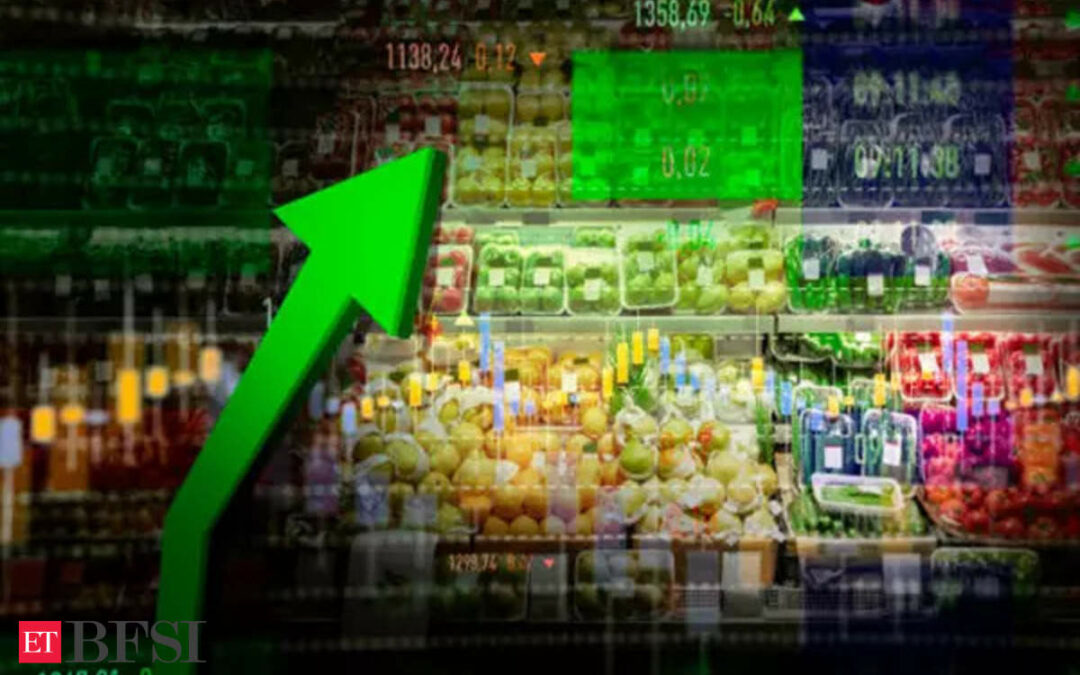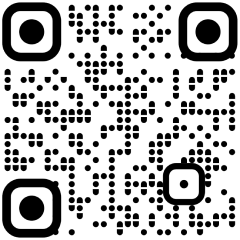The latest Survey on Household Consumption Expenditure: 2022-23 (HCES) by NSSO, released shortly after the earlier Factsheet in February 2024, brings forth insights on changing facets of per capita consumption across rural and urban India. It highlights the influence of shifting demographics, the rise of Phy-gital infrastructure, and burgeoning income streams amid rapid urbanisation, says an SBI Research report.
Key findings indicate a nearly equivalent increase in Mean Per Capita Consumption Expenditure (MPCE) across fractile classes over the past decade, spanning both rural and urban areas. Notably, there has been a sharp reduction in the gap between the top and bottom fractiles in urban areas, as indicated by Theil’s Inequality Index.
Improved transportation infrastructure has led to enhanced “Ease of Living” for rural households, altering consumption patterns. Incremental expansion of rural roads, particularly under PMGSY, alongside integration with National Highways, has facilitated real-time two-way access for rural populations, narrowing the rural-urban MPCE gap.
Government initiatives like DBT transfers, PM-KISAN, Ujjwala, MSP, eNAM, and AIF have further strengthened rural infrastructure, propelling around 30% of rural MPCE through endogenous factors.
Disparities persist
Despite progress, significant disparities persist, with the average MPCE of the top 5% remaining substantially higher than the bottom 5%, especially in urban areas.
Regional imbalances in consumption expenditure are apparent, with Southern and Northern states exhibiting higher MPCE compared to Eastern counterparts. Eastern states have shown promising growth, potentially bridging the gap despite larger population sizes. The North-Eastern states, driven by the “Look North-East” policy, have witnessed the highest percentage decadal growth.
Food habits reflect changing lifestyles, with notable declines in rice and wheat consumption across various regions.
State-wise analysis reveals disparities in poverty and inequality metrics, emphasizing the need for catch-up efforts in states like Chhattisgarh, Odisha, Jharkhand, and Bihar.
Occupation-wise, disparities persist, with MPCE in North/South regions nearly double that of the East. Kerala stands out as the only state where inequality in both rural and urban areas surpasses the national average.
The report indicates declining consumption inequality in urban areas across most states, while rural areas exhibit a mixed trend, with certain states experiencing an increase in inequality compared to 2011-12.
The HCES survey acknowledges challenges in assembling seasonal variations in expenditure and addressing regional disparities.











